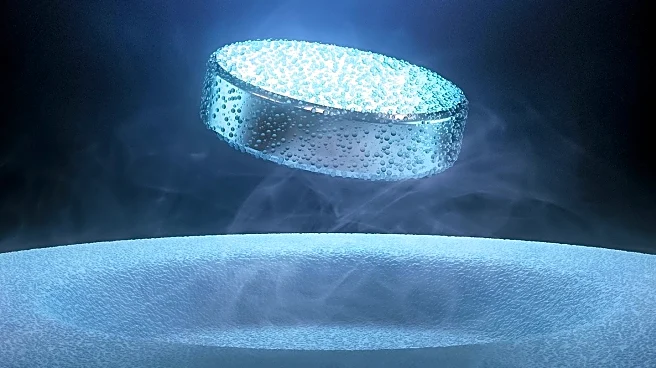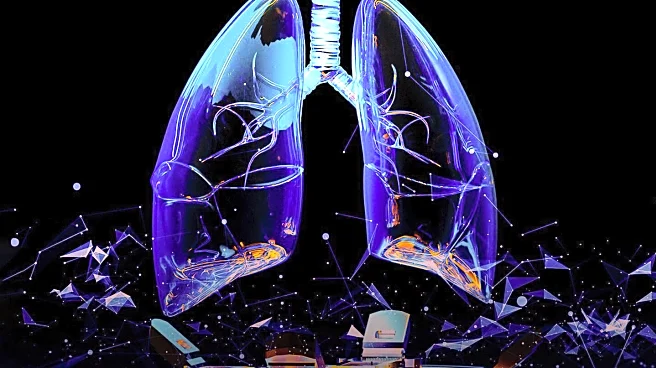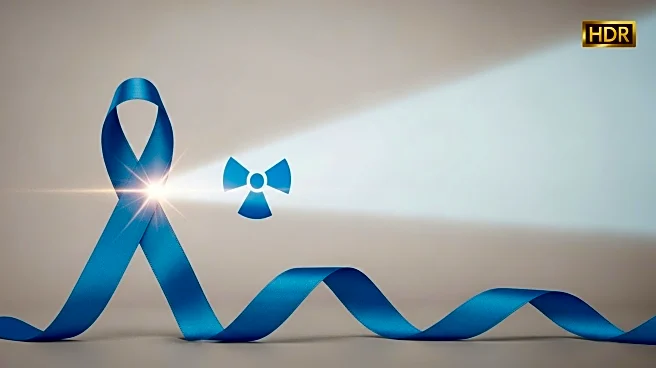What is the story about?
What's Happening?
Researchers from the University of Texas at Austin and the University of Porto have developed a new light-based cancer therapy that targets tumors without harming healthy cells. This innovative approach uses LED light and tin-based nanoflakes to selectively destroy cancer cells, offering a safer alternative to traditional treatments like chemotherapy. The therapy has shown remarkable effectiveness, killing up to 92% of skin cancer cells and 50% of colorectal cancer cells in recent studies. The research aims to make light-based cancer therapies more accessible by overcoming challenges such as expensive materials and the need for specialized facilities.
Why It's Important?
This development is significant as it offers a potential breakthrough in cancer treatment, reducing the painful side effects associated with conventional therapies. By providing a safer and more affordable option, this therapy could improve patient outcomes and accessibility, especially in regions with limited access to specialized equipment. The ability to precisely target cancer cells while sparing healthy tissue could revolutionize cancer treatment protocols, potentially leading to widespread adoption and improved survival rates.
What's Next?
The researchers plan to further explore the light and heat reaction mechanisms and investigate other catalyst materials. They aim to develop devices that can bring this technology to clinicians and patients, potentially allowing treatments to be administered at home. This could significantly reduce the risk of cancer recurrence and make treatment more convenient for patients, particularly those with skin cancers.
Beyond the Headlines
The ethical implications of this technology include the potential for democratizing access to advanced cancer treatments, reducing healthcare disparities. The long-term impact could involve shifts in cancer treatment paradigms, emphasizing non-invasive and patient-friendly approaches.
AI Generated Content
Do you find this article useful?














